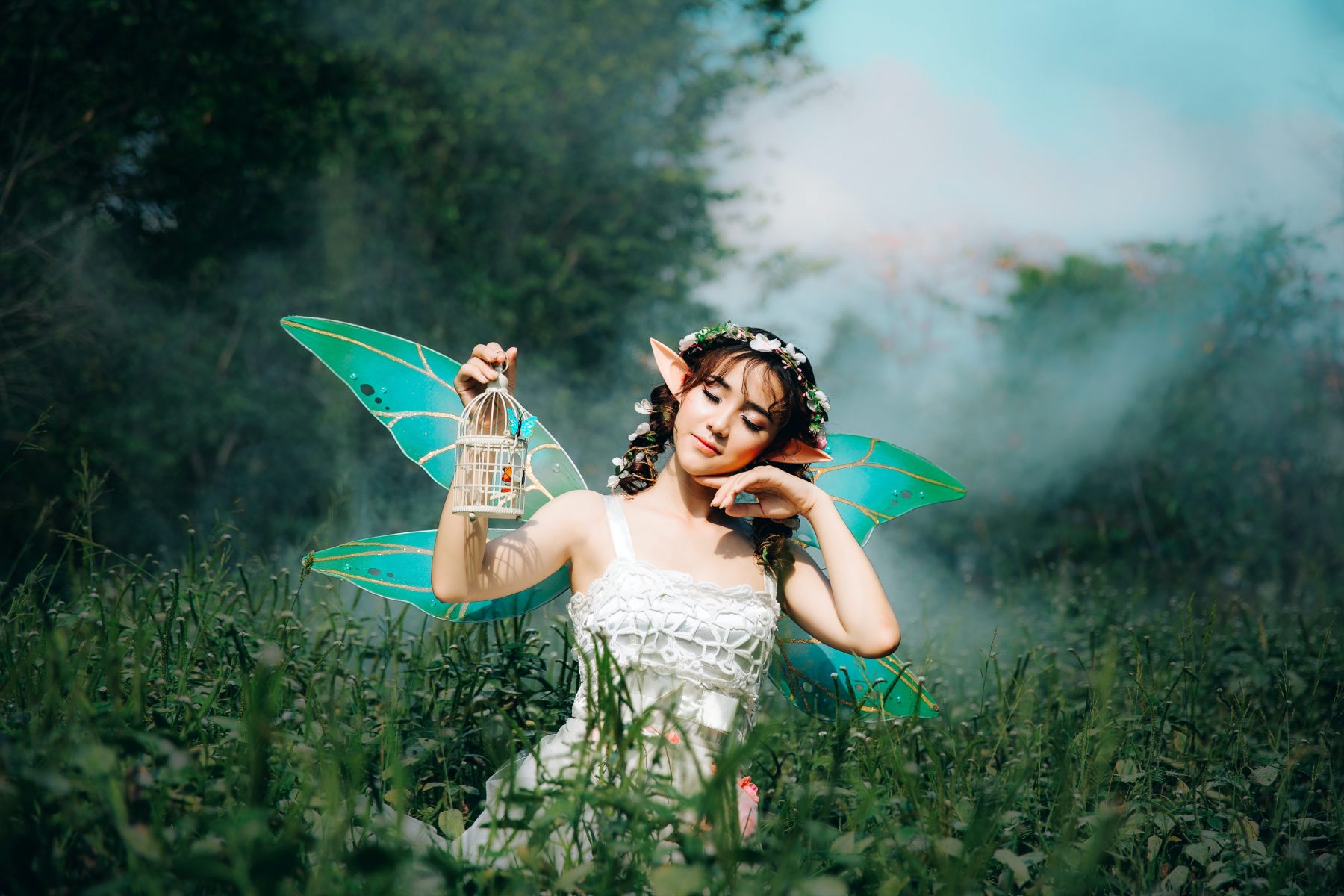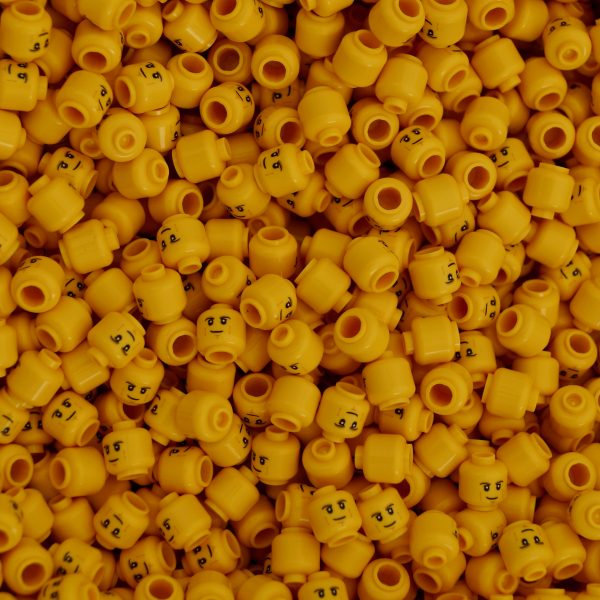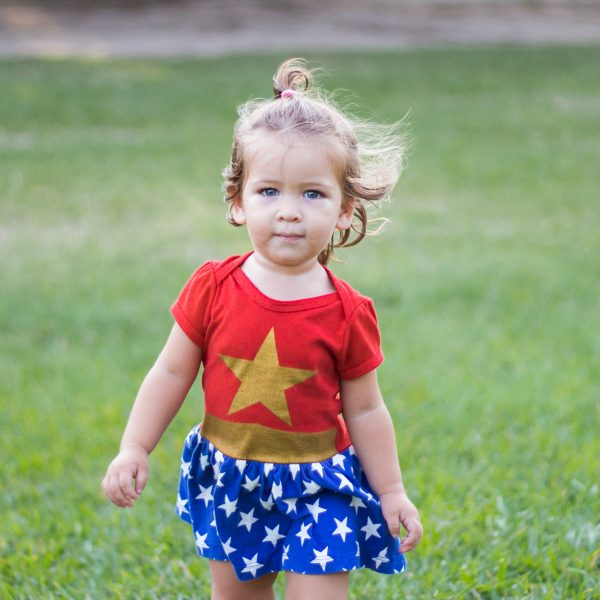Research shows children rely on ‘proof’ from as young as three y/o

Children as young as three years of age can understand the difference between real things that they cannot see, and things which are make believe, University of Queensland (UQ) researchers have found, after examining how children evaluated different types of characters or figures relative to one another, as well as in comparison to real people.
UQ researcher Nicole Nelson said that the judgements made are “fairly sophisticated” with children not only making simple ‘real’ versus ‘not real’ judgments, but also weighing the quality of the evidence they have for different figures.
For example, when children have seen dinosaur bones at museums, they have proof that dinosaurs once existed, and those who have found the milk and cookies gone on Christmas morning, use this as proof that Santa has visited, and this evidence convinces them that both dinosaurs and Santa are real.
When children don’t have a strong evidence base for or against something being real – such as aliens or ghosts, they are able to say so and rate these figures as only moderately likely to be real, just as adults do.
To conduct the study, researchers worked with children aged between two and eleven years of age, rating how “real” they considered 13 different figures ranging from real people like The Wiggles to more ambiguous identities like Santa Claus, ghosts, and aliens, as well as fictional characters like Spongebob Squarepants from the cartoon and Princess Elsa from the movie Frozen.
To make a solid case for the findings, 56 adults were also assessed.
The majority of children placed the 13 figures into four groups: ranked most highly as real were figures like dinosaurs and The Wiggles; the next-highest ranking went to cultural figures like Santa and the Tooth Fairy; followed by ambiguous figures like aliens, dragons and ghosts; and finally fictional characters like Peter Pan, Spongebob, and Elsa.
In comparison, adults and older children from seven years up, tended to group figures into three groups: real, not-real, and ambiguous.
Lead researcher Dr Rohan Kapitány said rituals were “a particularly potent signal” for children when it came to accepting things like Santa Claus as real.
“Children tend to have a nuanced understanding of reality – more than many people would expect – and it is seen across a pantheon of figures who vary in their degree of ‘reality’ and cultural support,” he said.
“More research is now needed to understand how ritual participation and other factors lead children to understand what is real or not real in their world, particularly when they have no direct relevant experience.”
The study, which was published in PLOS ONE, may be viewed here.
Popular

Workforce
Policy
Quality
Practice
Provider
Research
ECEC must change now, our children can’t wait for another inquiry
2025-07-02 07:47:14
by Fiona Alston

Practice
Provider
Quality
Workforce
Leading with Curiosity: How distributed leadership is redefining the future of early childhood education
2025-07-03 07:42:07
by Contributed Content

Events News
Workforce
Marketplace
Practice
Quality
Provider
Research
An exclusive “Fireside Chat” with ECEC Champion Myra Geddes
2025-07-01 11:25:05
by Fiona Alston











